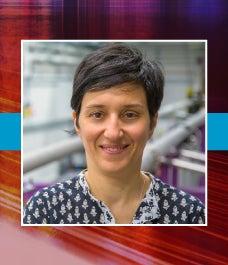April 18, 2017
How Do You Catch Femtosecond Light?
Learn about X-ray detectors from Gabriella Cabrini, scientist at the Linac Coherent Light Source.

Dig Deeper
Learn about X-ray detectors from Gabriella Cabrini, scientist at the Linac Coherent Light Source.
